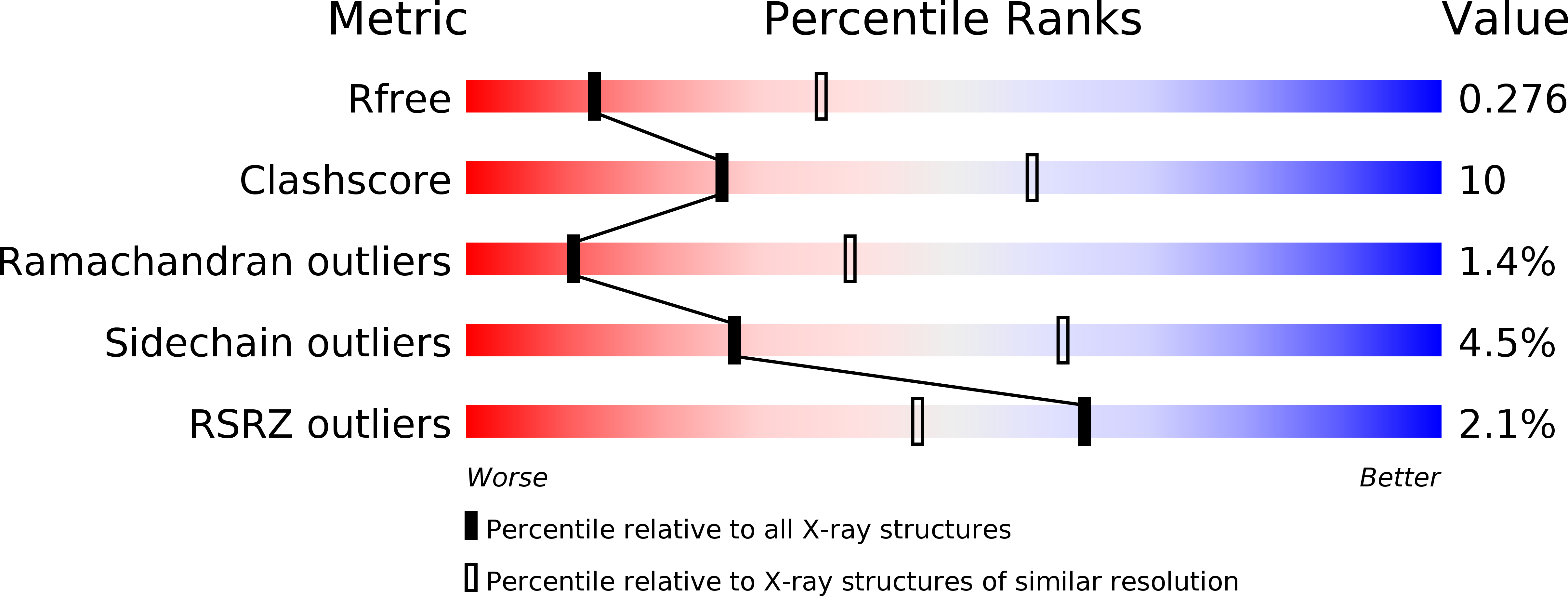
Deposition Date
2013-04-17
Release Date
2013-08-07
Last Version Date
2024-11-06
Entry Detail
PDB ID:
4K7P
Keywords:
Title:
Generation and Characterization of a Unique Reagent that Recognizes a Panel of Recombinant Human Monoclonal Antibody Therapeutics in the Presence of Endogenous Human IgG
Biological Source:
Source Organism:
Homo sapiens (Taxon ID: 9606)
Mus musculus (Taxon ID: 10090)
Mus musculus (Taxon ID: 10090)
Host Organism:
Method Details:
Experimental Method:
Resolution:
2.95 Å
R-Value Free:
0.28
R-Value Work:
0.21
R-Value Observed:
0.22
Space Group:
P 21 21 21


